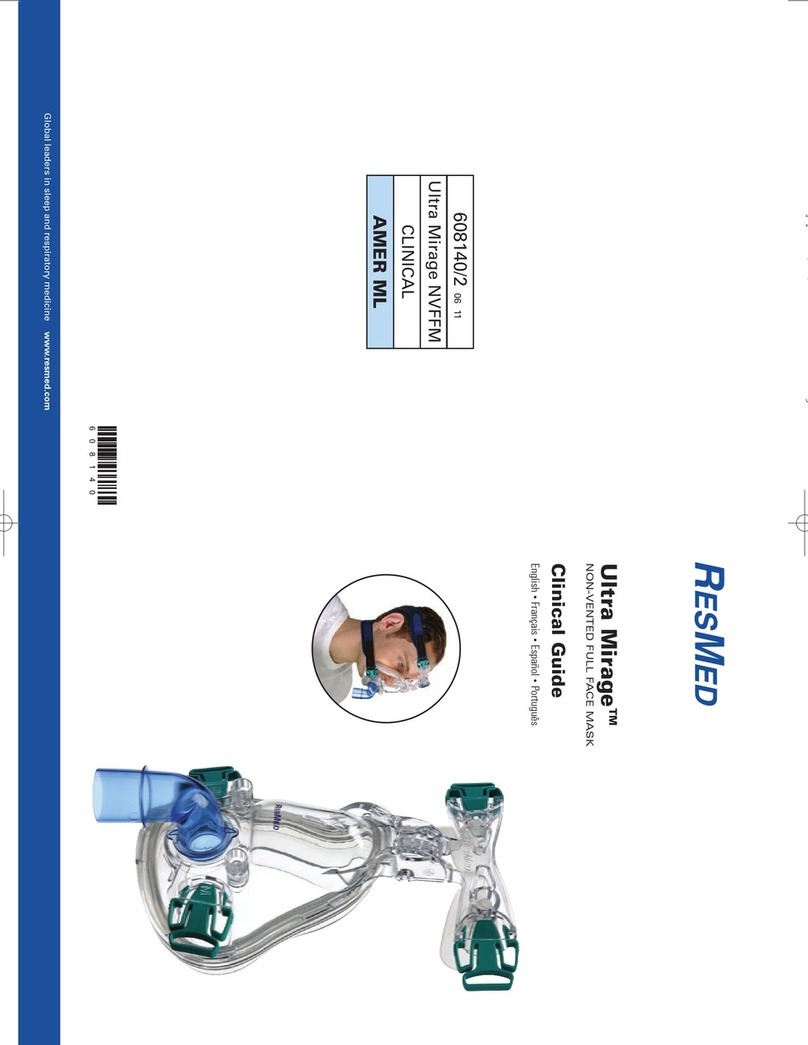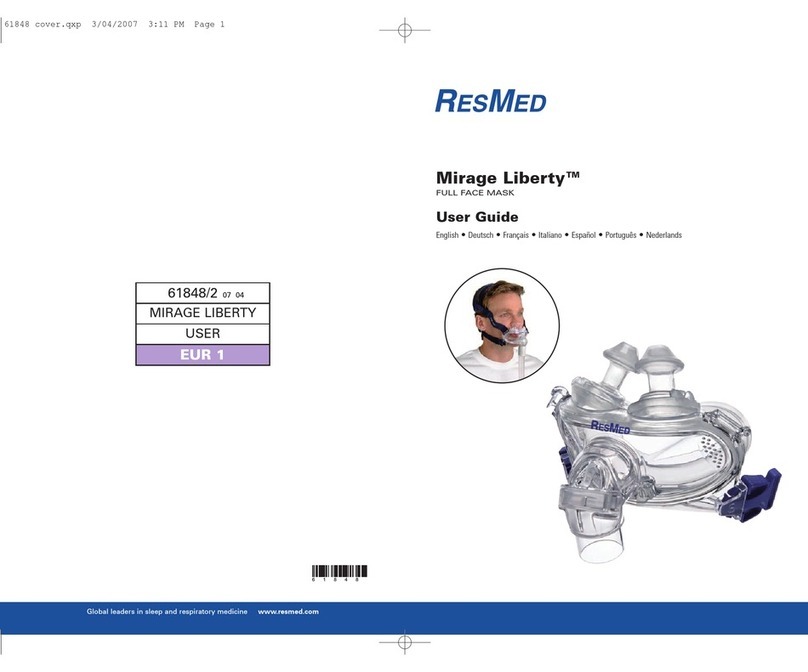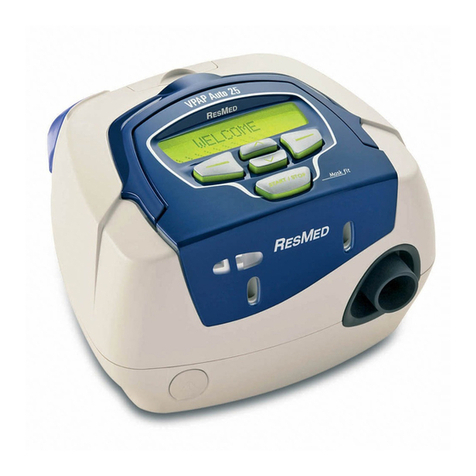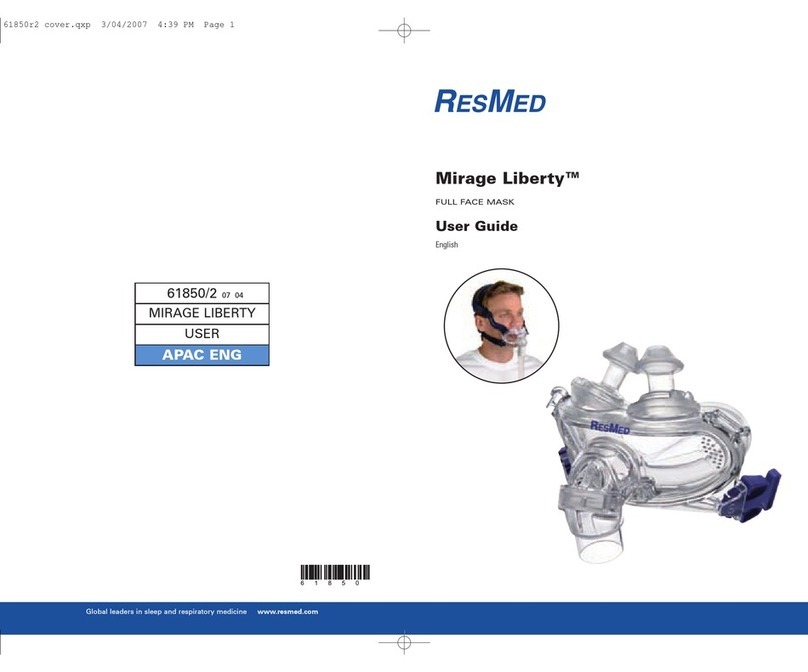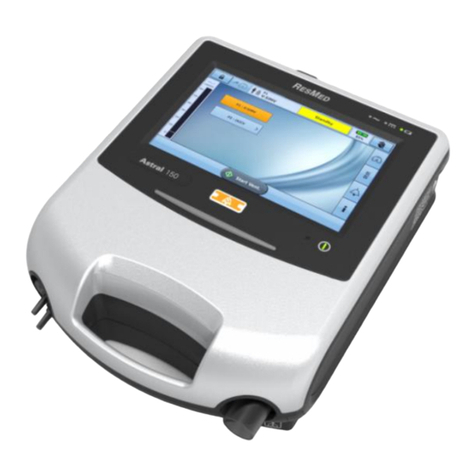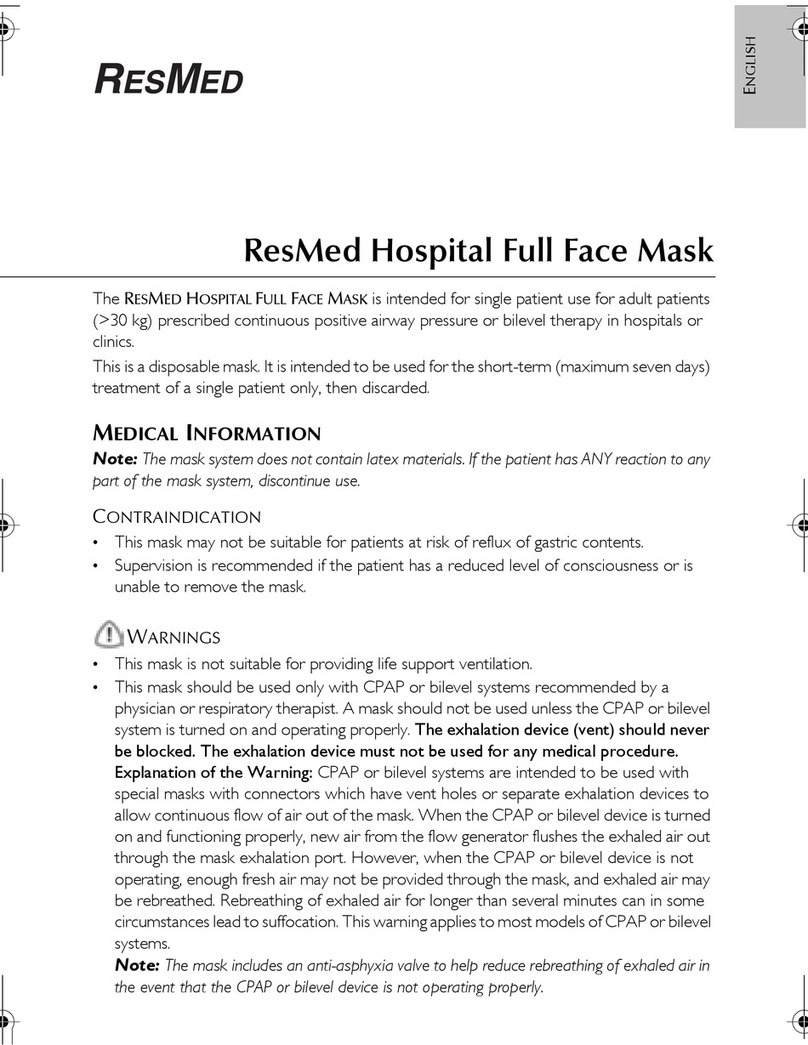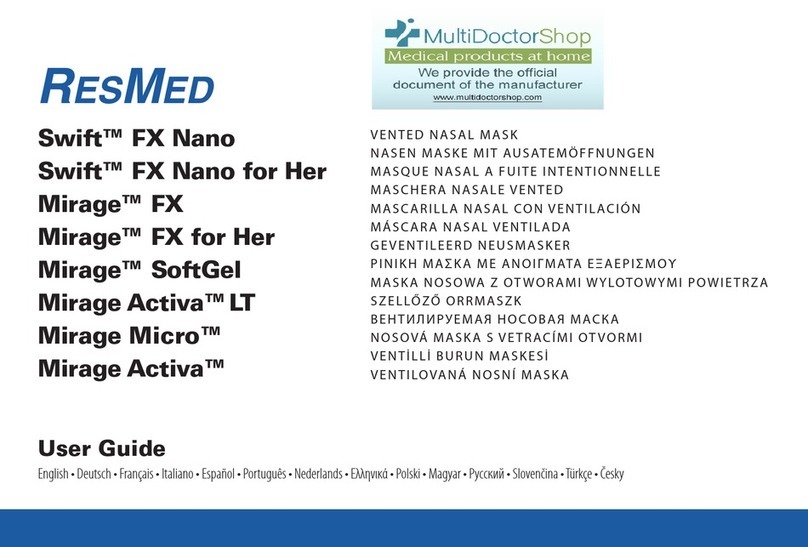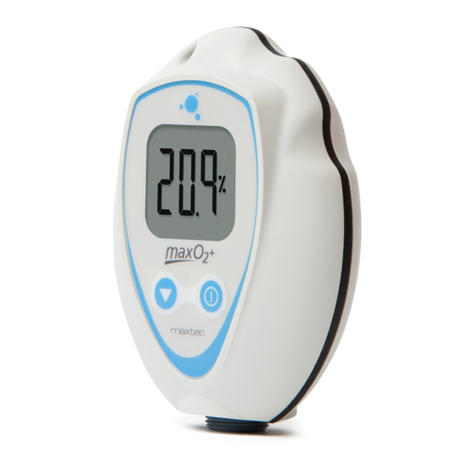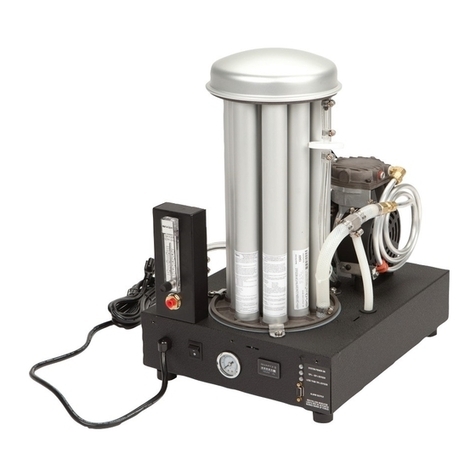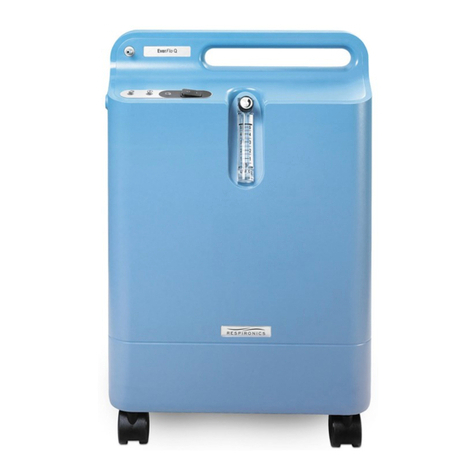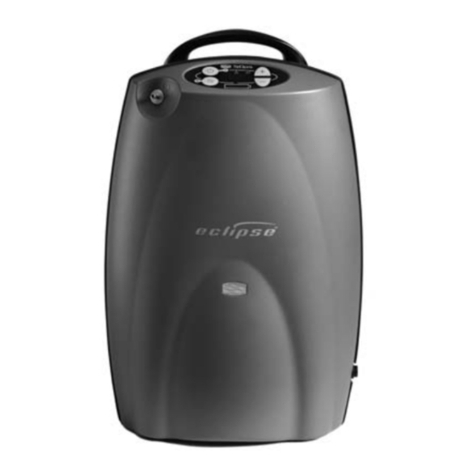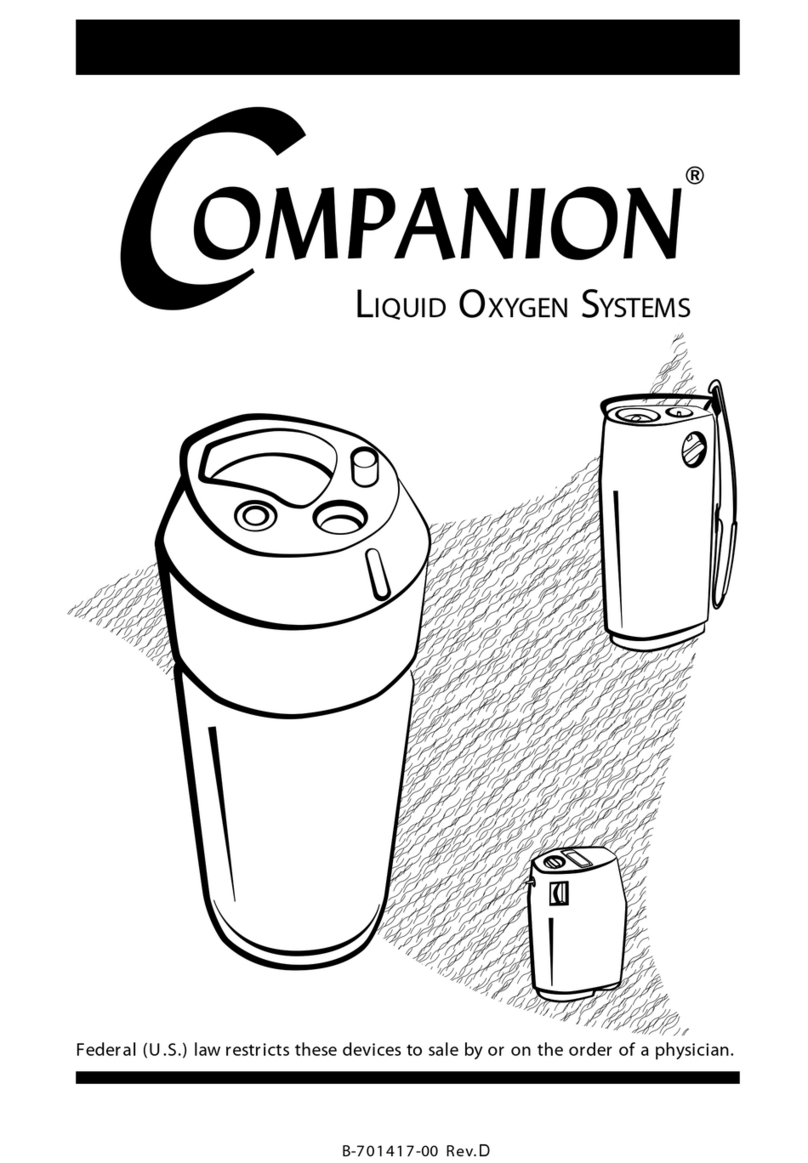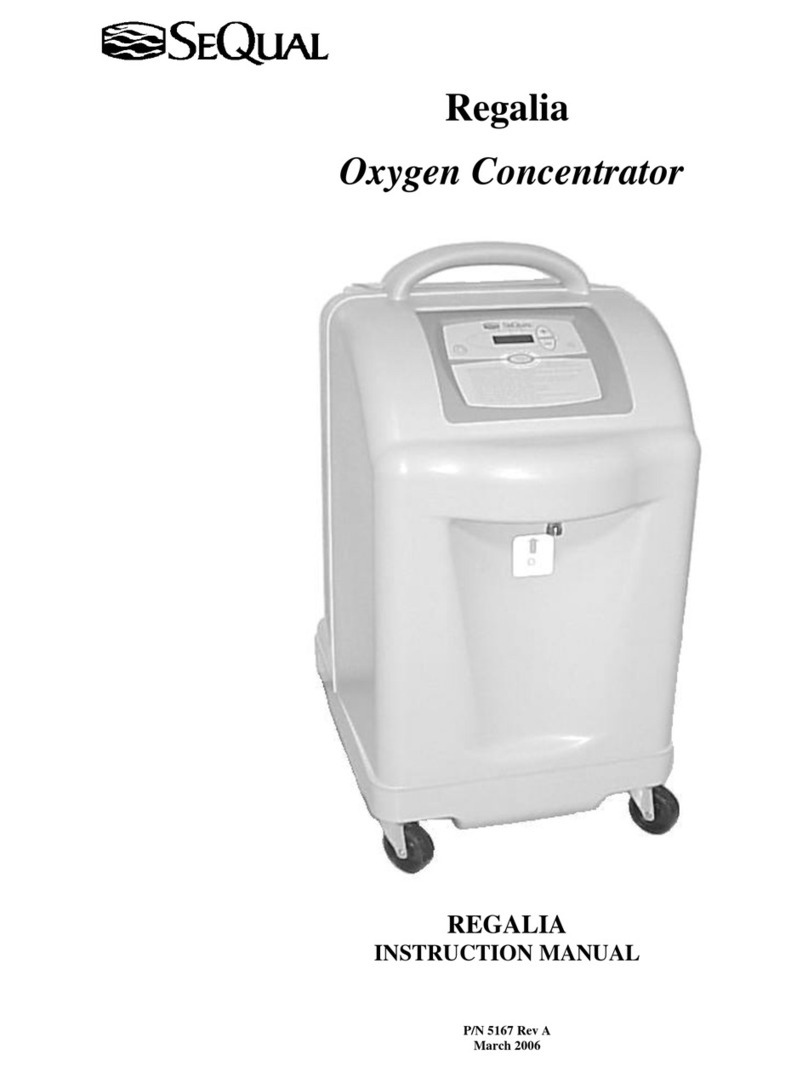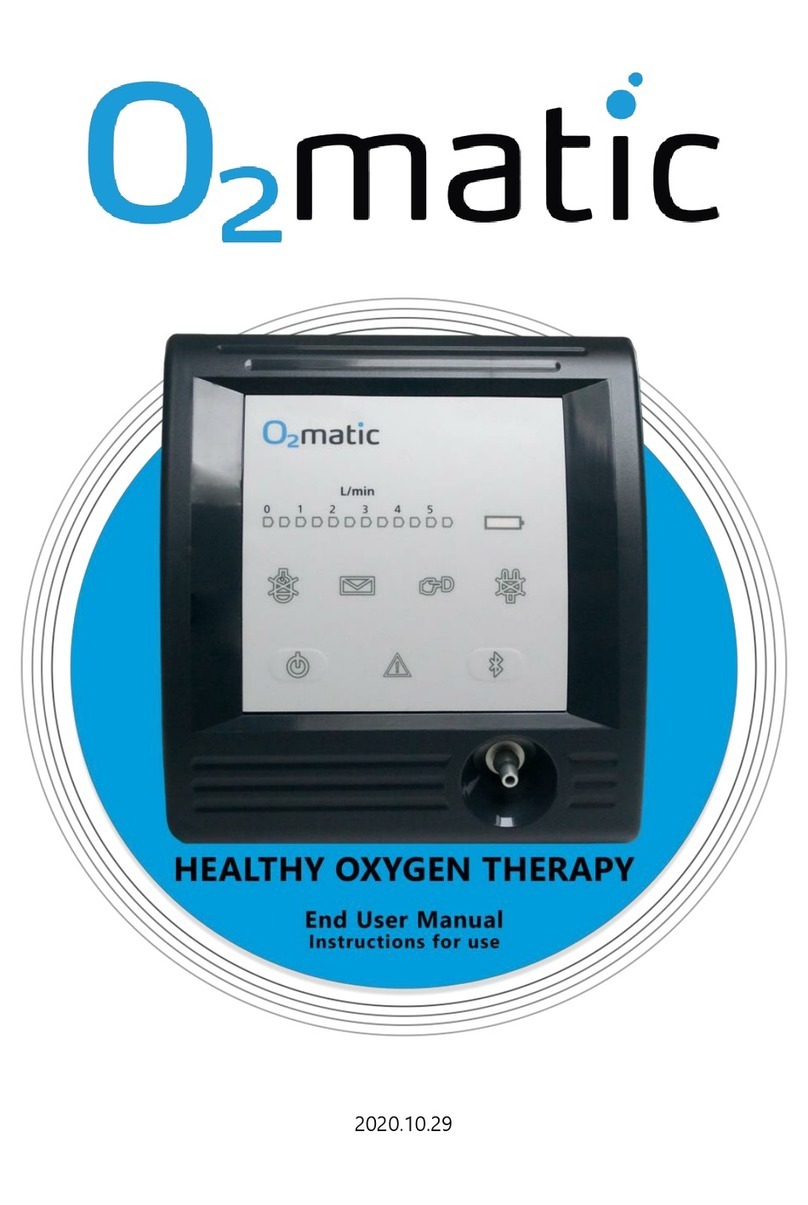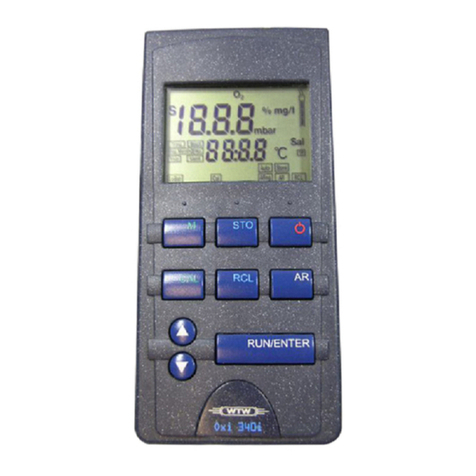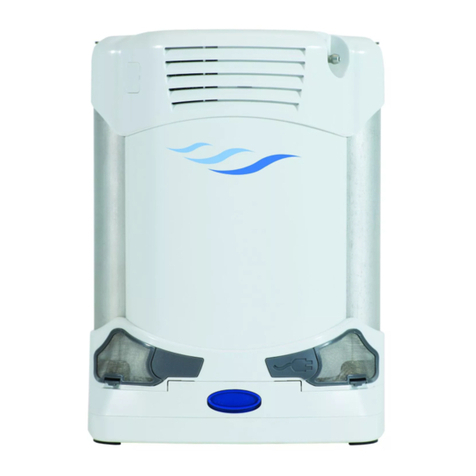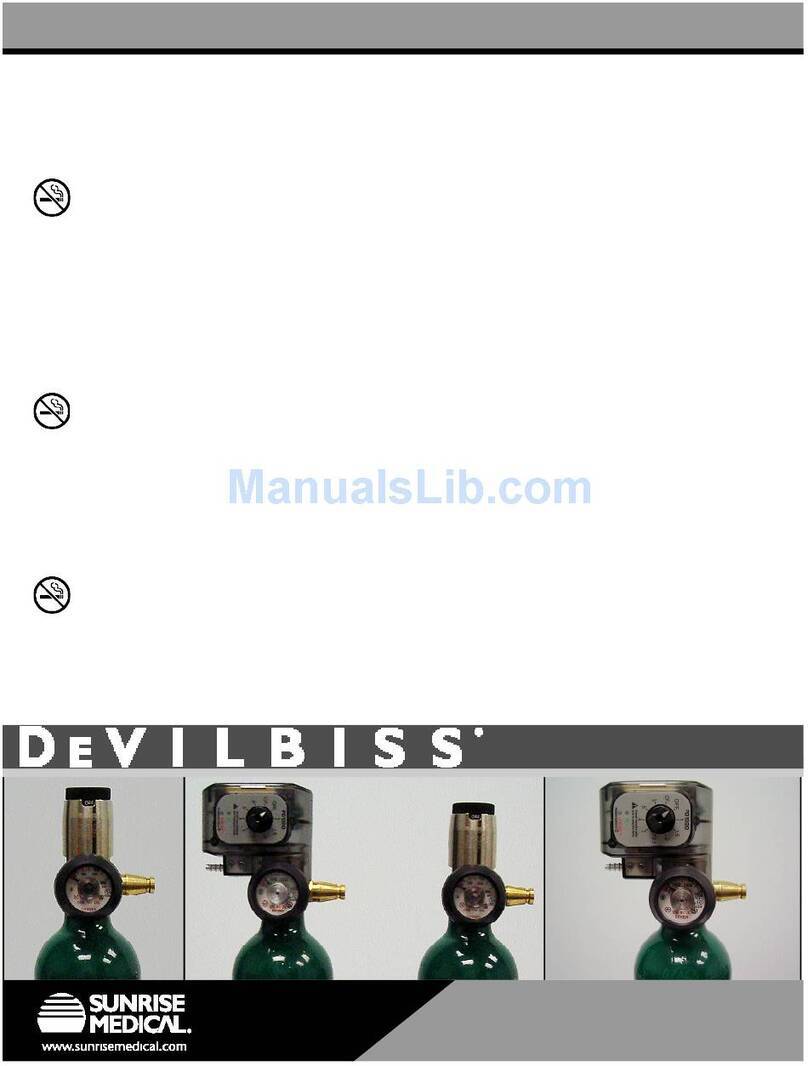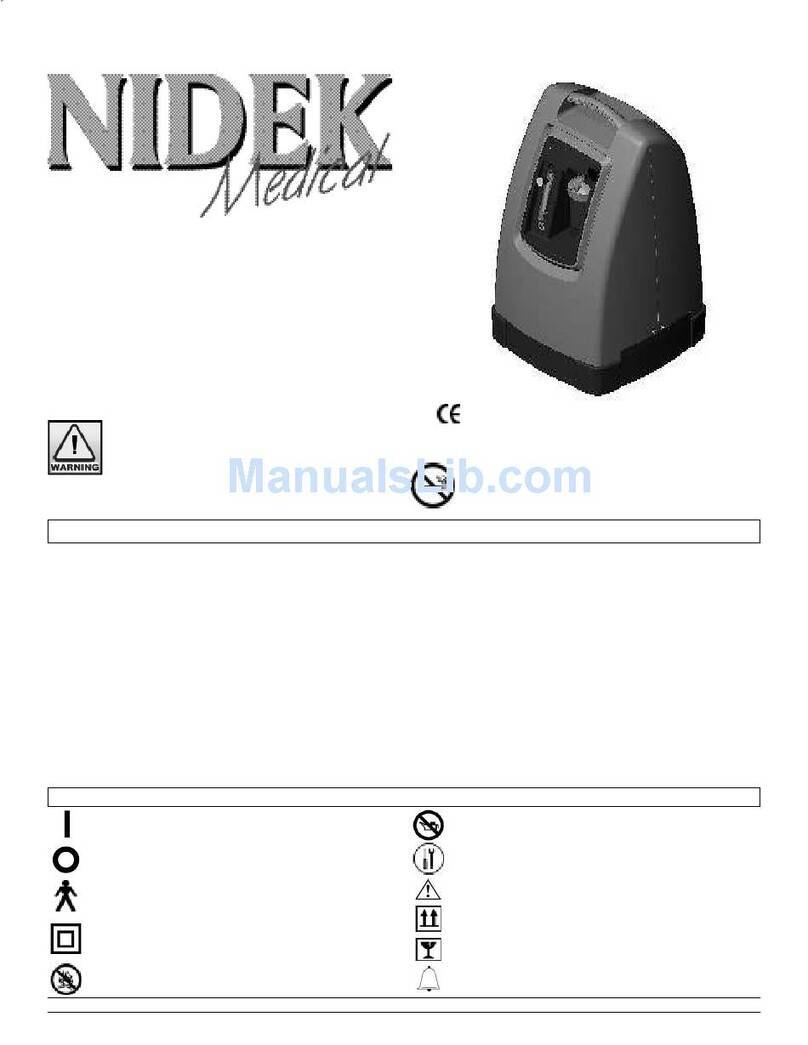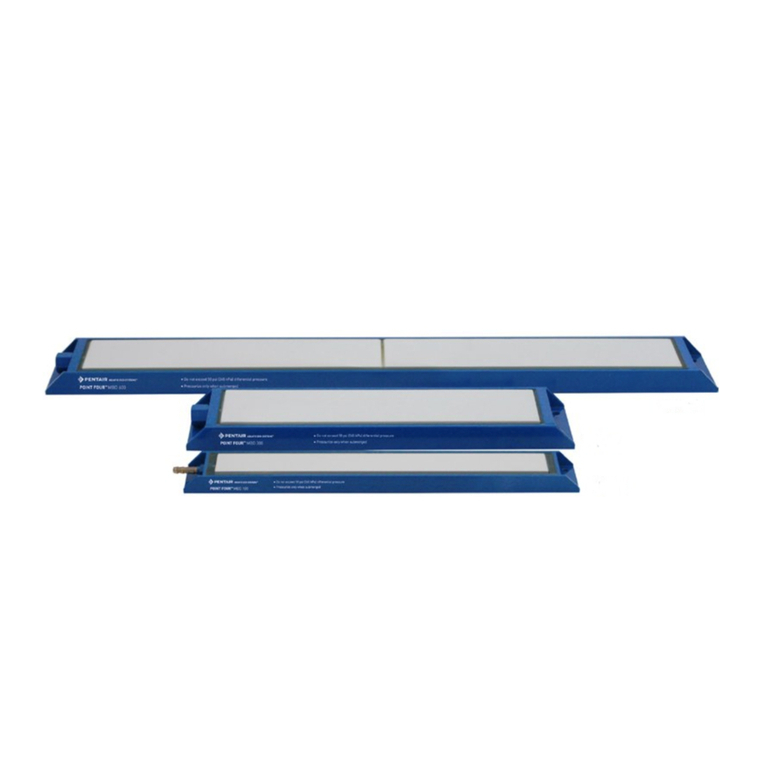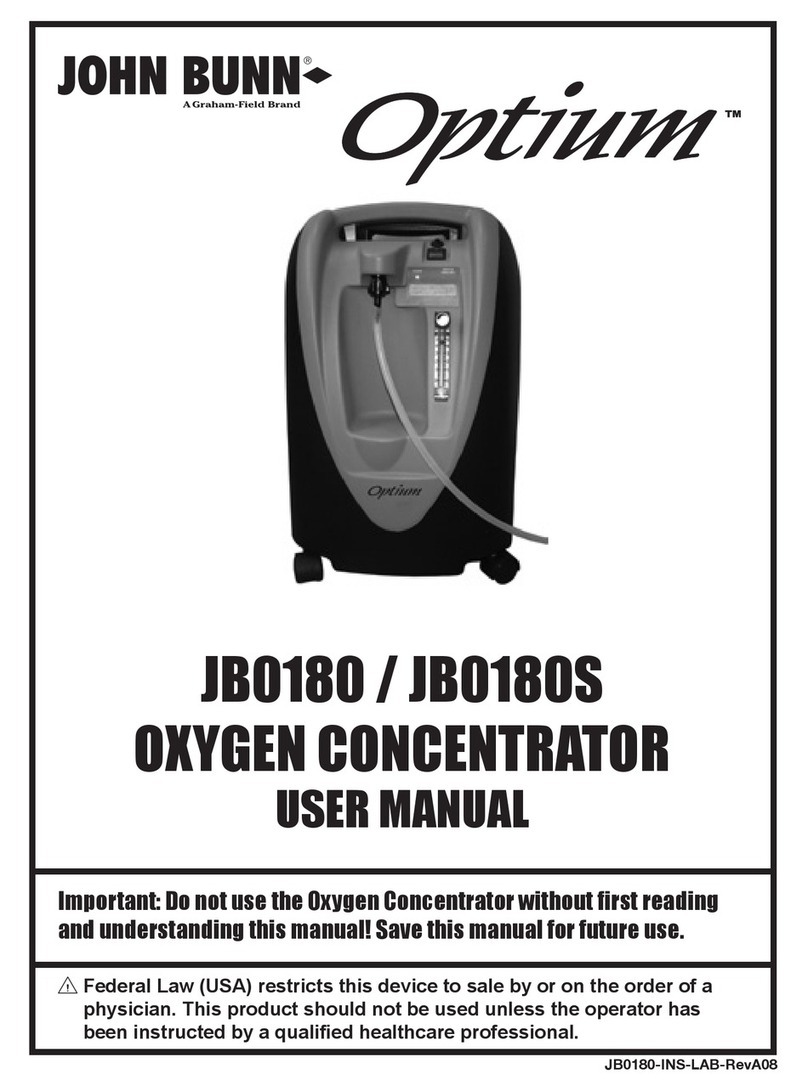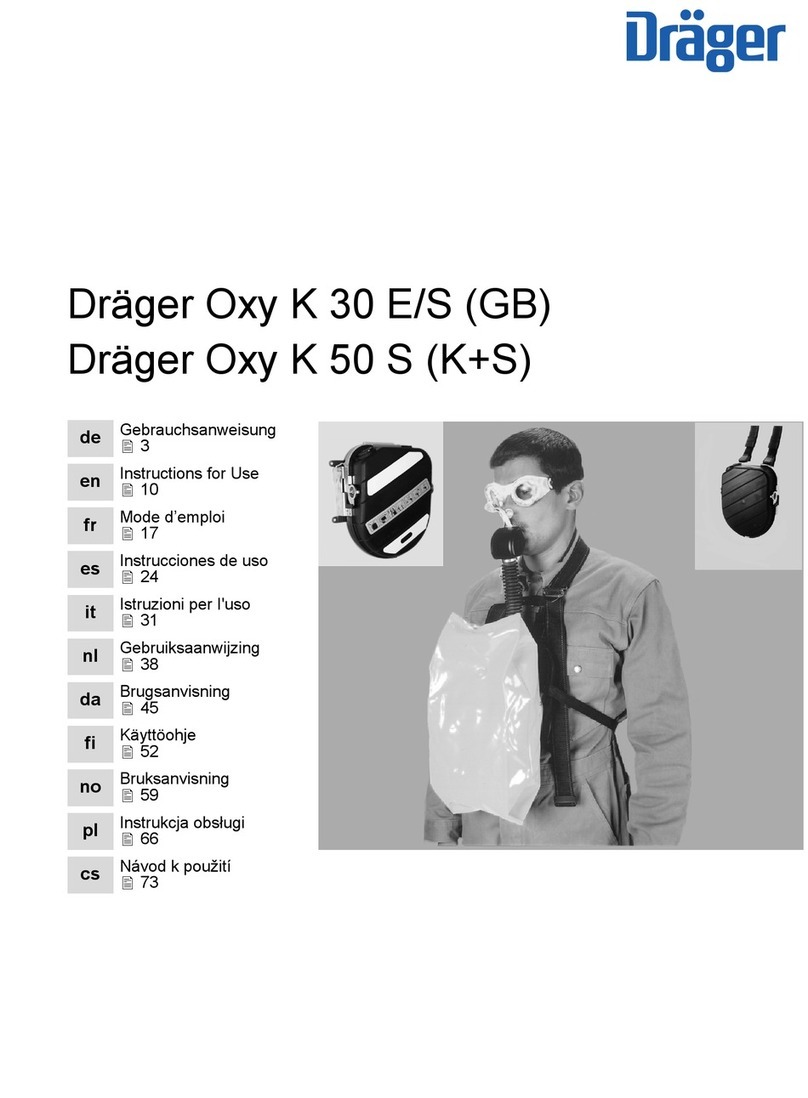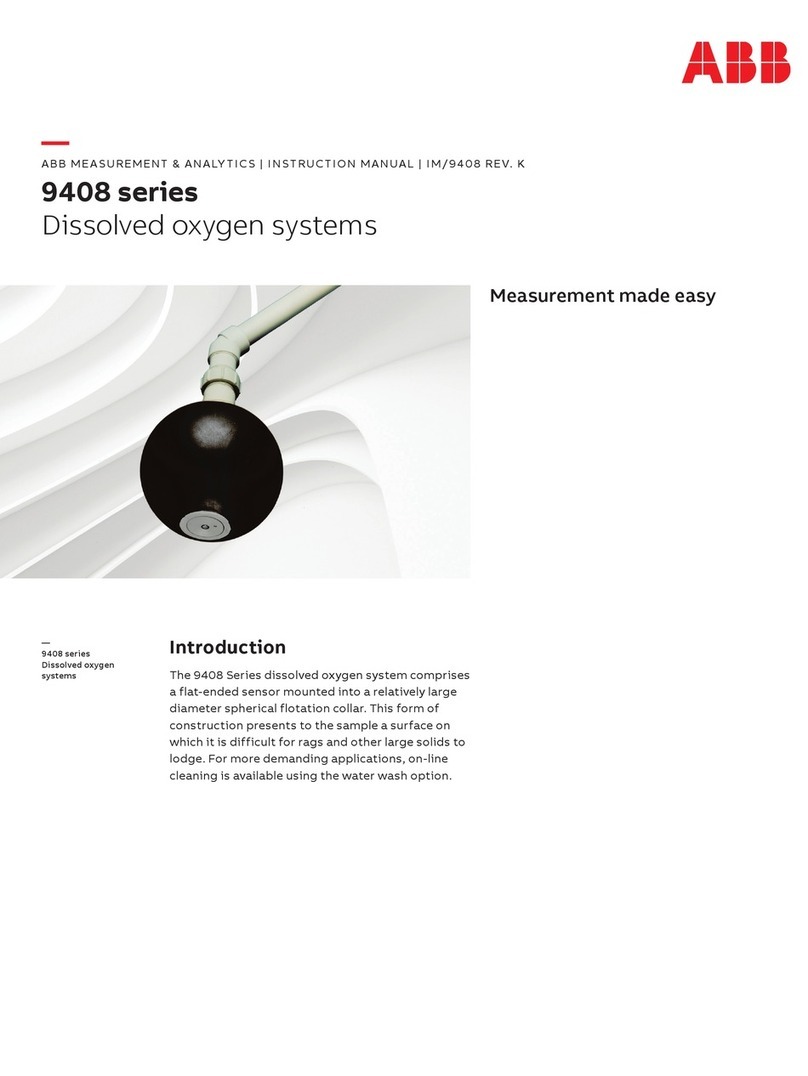2
•Any oxygen flow must be turned off when the flow generator is not
operating, so that unused oxygen does not accumulate within the flow
generator enclosure and create a risk of fire.
•At a fixed flow rate of supplemental oxygen flow, the inhaled oxygen
concentration will vary, depending on the pressure settings, patient
breathing pattern, mask, point of application and leak rate.
•he technical specifications of the mask and flow generator are
provided for your clinician to check that they are compatible. If used
outside specification or if used with incompatible devices, the seal and
comfort of the mask may not be effective, optimum therapy may not
be achieved, and leak, or variation in the rate of leak, may affect the
flow generator function.
•Discontinue using the Mirage Quattro if you have ANY adverse
reaction to any part of the mask system, and consult your physician or
sleep therapist.
•Refer to your flow generator manual for details on settings and
operational information.
Using the Mask
Select ‘Mir Full’ or ‘Full Face’ as the mask option when using the Mirage
Quattro with ResMed flow generators that have mask setting options.
Fitting the Mask
The diagrams in section A on the illustrations sheet show how the parts of the
mask fit together.
The diagrams in section B show the sequence for obtaining the best fit and
comfort in using your mask. Please follow these instructions carefully.
1Twist the forehead support dial to Position 24, where the forehead support
is fully extended (Fig. B-1).
2Hold the mask steadily on your face (Fig. B-2) and pull the headgear over
your head.
3Bringing the lower straps below your ears, clip the headgear to the lower
part of the mask frame (Fig. B-3).
4Unfasten the Velcro®, pull the upper headgear straps evenly until they are
comfortable and firm, and reattach the Velcro (Fig. B-4).
5Repeat step 4 with the lower headgear straps (Fig. B-5).
6Test the functioning of the valve by sealing the swivel with your hand and
ensuring that you can still breathe freely.
7Connect the main air tubing to the swivel (Fig. B-6). Then connect the free
end of the air tubing to your flow generator and turn the flow generator on.

